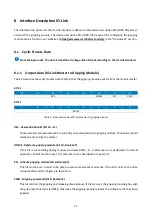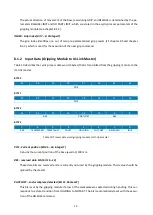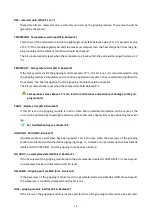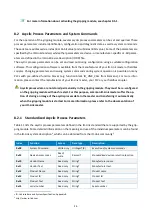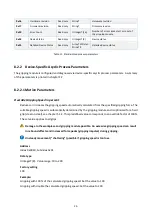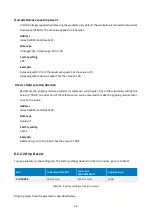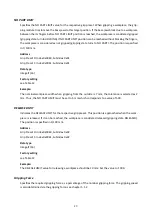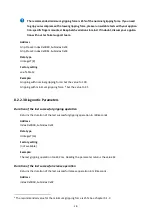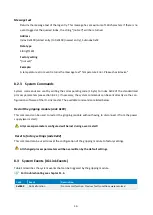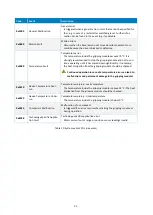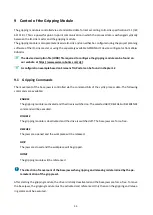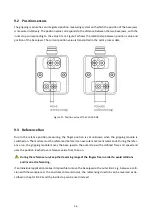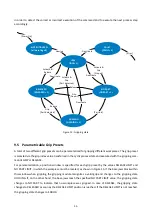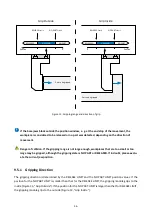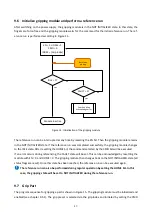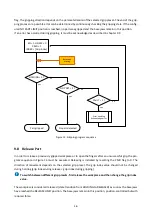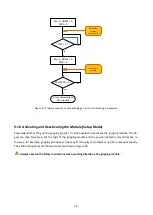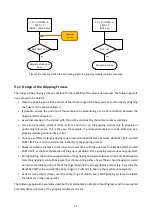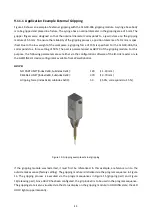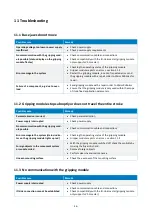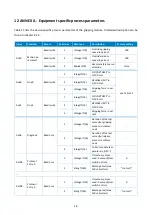
35-
in order to detect the correct or incorrect execution of the command and to execute the next process step
accordingly.
[Power On]
Activate &
Release
Activate &
Grip
[No part]
Release
Grip
[Part detected]
FAULT
(FAULT = 1)
Deactivate
[Error]
[Part lost]
Release
Deactivate
Grip
[No part]
Activate &
Grip
[Part detected]
NOT INITIALIZED
(all state flags 0)
Homing
Deactivate
Deactivate
RELEASED
(RELEASED = 1)
IDLE
(IDLE = 1)
NO PART
(NO PART = 1)
HOLDING
(HOLDING = 1)
Figure 12: Gripping state
9.5
Parametrizable Grip Presets
A total of two different grip presets can be parameterized for gripping different workpieces. The grip preset
is selected via the grip index value transferred in the cyclic process data and executed with the gripping com-
mands GRIP or RELEASE.
For parameterization, a position window is specified for each grip preset by the values RELEASE LIMIT and
NO PART LIMIT, in which the workpiece must be located, as shown in Figure 13. If the base jaws block within
this window when gripping, the gripping module recognizes a valid grip and changes to the gripping state
HOLDING. If, on the other hand, the base jaws reach the specified NO PART LIMIT value, the gripping state
changes to NO PART to indicate that no workpiece was gripped. In case of RELEASE, the gripping state
changes to RELEASED as soon as the RELEASE LIMIT position is reached. If the RELEASE LIMIT is not reached,
the gripping state changes to ERROR.

